Even though carpenter bees are incredible and beautiful creatures, they may not always be the most welcomed.
Whether you’re trying to keep your kids safe or you just don’t want them around your house, you may be wondering how you can get rid of carpenter bees.
Today we’re going to cover just about everything there is to know about this type of bee, including a handful of ways to safely get rid of the pesky little bees.
By the end of this article you’re going to be an expert and you’ll have the information needed to keep you and your family safe and sound!

Share the love (click here)
10 Ways To Get Rid of Carpenter Bees
Sometimes push comes to shove and we need to kill carpenter bees. There are several ways to do so.
Below you’ll find some of the most popular ways to kill carpenter bees, and we’ve included everything you’ll need to do so.
1
Insecticidal Dust
One of the best ways to easily get rid of active carpenter bees is by using an insecticidal dust.
This kills the bees and at the same time is safe to whatever wood or structure their nest is on. This means if you don’t want unknown chemicals to harm your home, dust is a great option for you.
To do this you’ll need insecticidal dust, a duster, gloves, goggles, dust mask and a flashlight. It’s much more safe to tackle this task by doing it at night. This way you’ll reduce the chance of getting stung by a female carpenter bee.
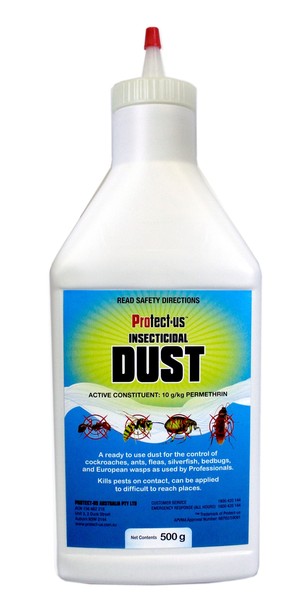
One thing you can do is take a piece of red cellophane and tape it to the front of a flashlight. Bees can’t see the color red, so they won’t know you’re there!
If you do have to do this during the daytime, make sure you’re wearing as much protective clothing and gear as possible. You may even want to keep a wasp spray on hand just in case.
Follow the next set of instructions to get rid of carpenter bees using insecticidal dust:
2
Plug the Opening of the Nest
Plugging the opening of the nest needs to be done in addition to insecticide dust. You should complete the action above at least three times before plugging the opening of the nest.
This should be done once every season, in the early spring, mid-summer and early fall. This is necessary to make sure that all bees will die and that you don’t miss any newly matured bees.
To plug the opening, you’ll need pain and either wood putty or wooden dowels. All you need to do is fill the holes of the nest using the putty or dowels. After you do so, paint over the entire surface.
If you don’t like to use poison and chemicals to get rid of bees, we’ve included some safer home remedies below that get the job done.
3
Suck Them Up!
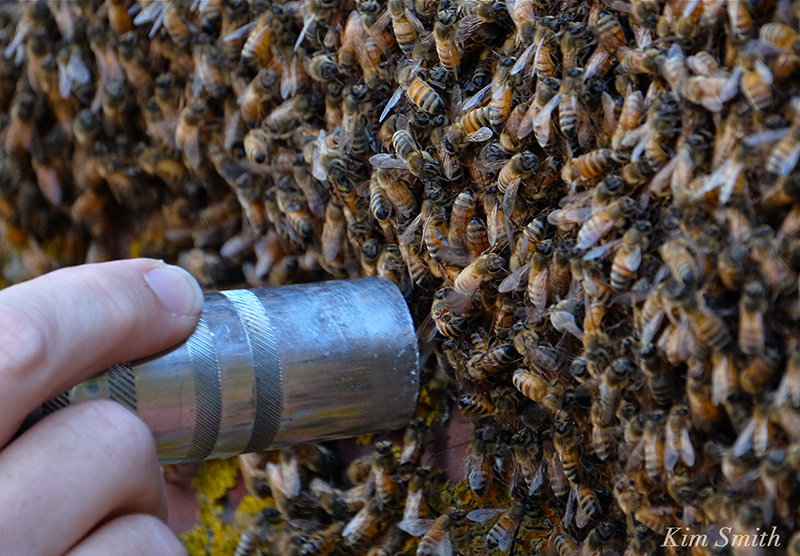


Credits: kimsmithdesigns.com
You can take the smallest nozzle on your vacuum and use it to clean out the carpenter bees.
You just need to put the nozzle over the opening of the tunnels and turn on the vacuum.
Again, this is something that should be done in the evening so that you have less of a chance of being stung.
4
Use Gasoline
Another thing you can do is to consider using a natural pesticide such as gasoline. It’s important to be aware that gas is flammable, and should be handled with extreme caution, especially when using it around wood.
To do this you’ll need to be wearing goggles and gloves. You’ll also need gasoline and a spray bottle. It’s important to note that this should not be a spray bottle that you plan to use for anything else in the future. To prevent accidents from happening, label it so that it doesn’t get lost in the mix.
Make sure you’re wearing your protective gear before pouring a small amount of gasoline into the spray bottle.
Once this is done, spray the gas into the tunnels the carpenter bees have built. That’s all you need to do and the gasoline will do the rest!
5
Be Loud!
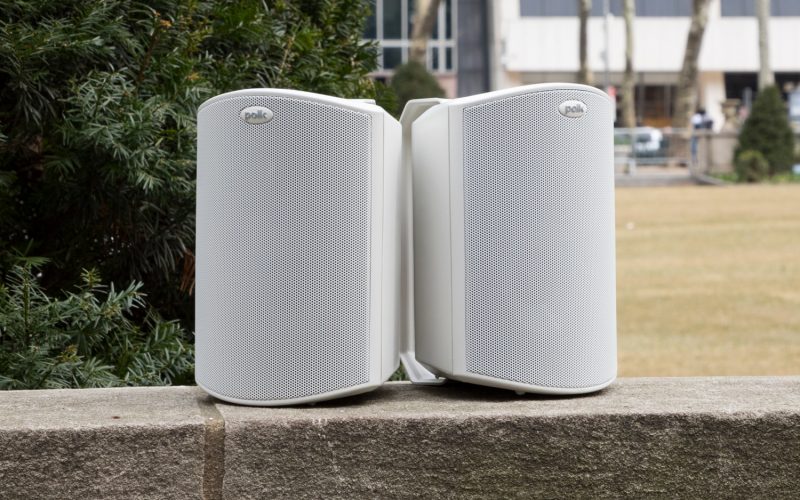


One of the easiest, least expensive and least harmful ways to get rid of carpenter bees is by being loud!
Carpenter bees are incredibly sensitive to noise and vibrations. You’ll be surprised to see the bees fly out of their nest when there is loud noises nearby.
What you can do is take a speaker or stereo and place it as close to the nest as possible. Then throw on some music and the bees will fly right out of the nest!
It seems too easy, but you’d be shocked at how well it works!
6
Dust Using Boric Acid
If you’re looking to kill carpenter bees, you can use a poison like boric acid. If you do decide to use this, please be careful!
Make sure that you’re wearing protective gear, including a mask so you can avoid breathing any particles in.
All you’ll need besides protective clothing is the boric acid itself and a duster. You just need to put the boric acid dust onto the duster and apply it over the openings of the nest.
7
Use Diatomaceous Earth



If you don’t already know, diatomaceous earth is a soft and crumbly powder that resembles soil. It’s from the fossil remains of diatoms which is a type of algae. Thankfully, diatomaceous earth is a natural pesticide.
It has sharp edges that actually tear apart the bees and kill them by making them go dry. It’s important to note that there are multiple types of diatomaceous earth, make sure you get the one that is food grade.
To use this to get rid of carpenter bees, you’ll need the diatomaceous earth, a turkey baster, gloves and some wood putty.
Follow the next set of instructions to get the job done!
8
Aerosol Carburetor
Another method that may seem a bit strange is using aerosol carburetor cleaning. It is strange, but it’s quite effective.
All you’ll need to get the job done is protective clothing and the aerosol carburetor cleaning.
Follow the next set of directions and you’ll be set!
9
DIY Citrus Spray
You may think that because carpenter bees enjoy the pollen and nectar from flowers that they enjoy sweet things. This actually couldn’t be further from the truth, as smells such as lemons and oranges are not enjoyed by carpenter bees.
This is another easy remedy that can get rid of pesky carpenter bees that doesn’t involve using chemicals. While you can use a store-bought citrus spray that gets rid of bees, you can also easily make your own from scratch!
All you need is cut up citrus such as lemons, limes, grapefruit or oranges, water, a pot and a spray bottle. You can even use just the rinds if you want to snack on the fruit instead of wasting it.
You simply need to put the rinds of the fruit and water into a pot and heat it on the stove. Boil it for awhile before moving it to a lower heat. When the water is a little hotter than lukewarm, put it into the spray bottle. Spray the mixture into the nest and you’re done!
Pretty easy, huh?
10
Almond Oil
The last remedy we’re going to give you before talking about repellents is one involving almond oil. It is one of the most natural methods to get rid of bees.
This is because the oil contains something called benzaldehyde, which bees just don’t like! This is something that can be found in some of the most popular bee repellents on store shelves.
For this method you’ll need almond oil, water and a spray bottle. You can also add tea tree oil, orange oil or any other citrus oil to the mix if you’d like!
Take a couple teaspoons of almond oil and put the same amount of citrus oil in a spray bottle. You can then add a few drops of tea tree oil to make the spray a bit more effective.
Fill the remainder of the bottle with water and shake it. Then, all you have to do is spray this mixture into the bees nest and you’ll be done!
3 Best Repellent Options
If you don't want to try home remedies shared above, you can always go with repellents. We wanted to share with you a few of the best repellent options on the market.
Below you’ll find our top three, any of which will get the job done with ease!
1
Spectracide Carpenter Bee Killer
- Kills on contact
- Foam expands to where insects live
- Spray into hard-to-reach areas
First on our list is a product by Spectracide. They’ve made a spray specifically for carpenter bees and yellowjackets. The unique thing about this spray is that it is a foam that expands inside of the nest and will kill any bug that comes in contact with it.
It’s perfect if you have nests or bees in harder to reach areas. You can use it to treat active tunnels and it even comes with an attached extension tube to get into deeper areas.
You can also use it to tackle any yellow jacket nests that may be found in the ground.
2
BioAdvanced Carpenter Bee Killer
- Kills the termites you see and the ones you don't
- Easy to use foam which expands at a 3 to 1 ratio
- Kills carpenter bees
Another great option comes from BioAdvanced. This is another bee killer that uses foam. The foam expands at a 30:1 ratio, meaning a little goes a long way. It not only kills bees, but it will get of all types of termites, ants, beetles and other types of pests.
It has a unique hose included that can be used to get into deep crevices, or right into the entrance of the nest. Since carpenter bees burrow inside wood, woodpeckers will often go after the bee larvae and this product prevents that from happening.
You can use it on your deck, patio, basement and more. It will kill bees on contact, but please keep it out of reach from children and pets.
3
Ortho Home Defense Insect Killer for Indoor
- Ortho Home Defense Insect Killer for Indoor & Perimeter2...
- KILLS BUGS INSIDE: Kills those annoying home-invading...
- KEEPS BUGS OUTSIDE: Creates a bug barrier that will kill...
Lastly, we’re going to talk about a product that comes from Ortho. They are a well-known company when it comes to insect repellent. Their home defense insect killer is an awesome product that gets the job done.
This product comes in a larger bottle, and is most popularly bought in the gallon form. This is perfect if you have a lot of area to cover. They also promise that once used, the bees should stay away for up to an entire year.
It also kills things like ants and bugs as well. One of the best things about this product is that it doesn’t have a nasty chemical smell, it doesn’t stain and it dries quickly. It also comes with a convenient hose that makes it easy to use.How To Protect Wood From Carpenter Bees?
Whether your home has exposed wood, or you have a shed that you’d like to stay free of carpenter bees, it’s important to know how you can protect the wood.
Carpenter bees do borrow and make their nests within wood, but they don’t destroy it or eat it. If you want to make sure that these bees don’t even get the chance to make a nest in or on a wood structure of yours, there are a few things you can do.
1
Paint!
Something you can do to prevent carpenter bees from making nests in your wood structure is to make sure that it’s painted. You want to use a thick coat or two of exterior wood paint.
Since the bees have to chew through the wood, they dislike the taste of paint which will deter them from the structure.
They use their senses to know whether or not the material will be good for nest-making. If it has paint, it tells the bee that it is not a good material for a nest.
2
Stain and Seal It
Often times we use wood stain to color a structure, while still keeping the natural wood look. While this may help to deter bees, it doesn’t do the same thing paint does.
This is why you need to seal it to make sure that the bees can’t reach the layer they need to make nests. The stain alone won’t stop them which is why you have to seal it as well.
3
Stuff It
Something else you could do is take newspaper and stuff any holes that the wood has. You can use a stick or something long and narrow to make sure the paper gets deep down in the hole.
You can also use caulk, but newspaper is a cheaper and easier way to get the same result.
4
Plug Holes
On that same note, you could also plug the holes. You can do this by taking a putty knife and filling the holes with wood putty.
Make sure that you are pushing the putty firmly and deeply into the hole. Be sure to allow the paint to dry for around five hours before adding any paint.
5
Use a Repellent
Of course, you can always use one of the many repellents we’ve talked about today. This will not only get rid of bees, but keep them from coming in the first place.
As you’ve already read, carpenter bees hate the smell of citrus. You can spray down your wood structures with a homemade citrus spray to avoid having the bees in the first place!
Do Carpenter Bees Sting?
Whether you have a fear of bees, or you’re needing to know to keep your loved ones safe, it’s important to answer the question: do carpenter bees sting? The answer to this isn’t as black and white as you’re probably hoping it is.
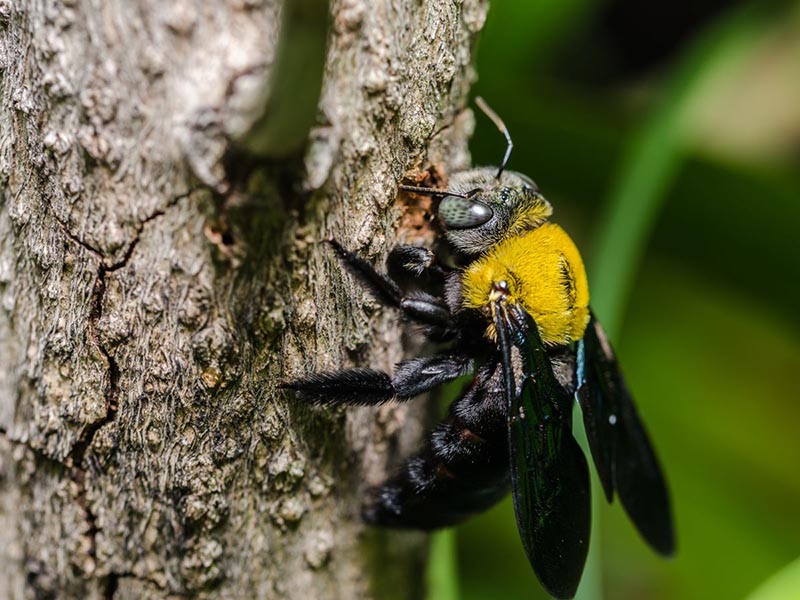


This is how a male carpenter bee looks like
When we’re talking about carpenter bees, it depends on the sex of the bee when it comes to whether or not it will sting you. Male carpenter bees won’t sting you and they’re easy to recognize by the yellow face patch that they have.
Females however, can sting if they’re provoked or feel like they’re in danger. It’s important to know that females are completely black and they really don’t want to sting you unless they deem it necessary.
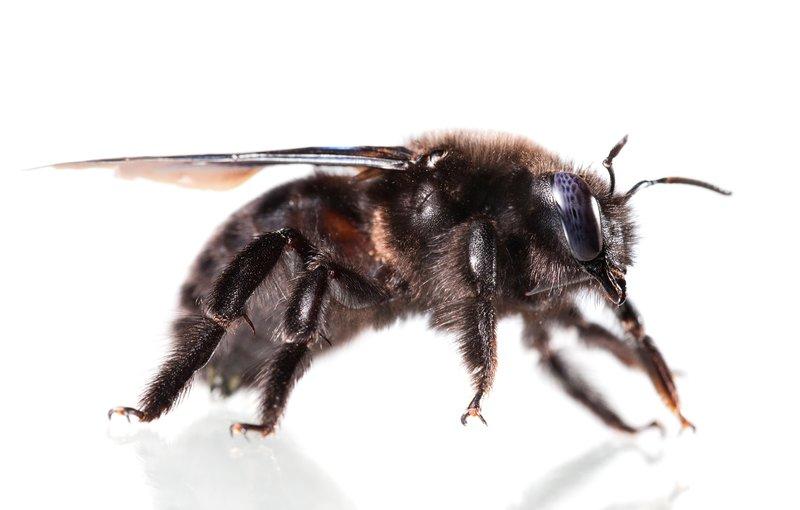


Female Carpenter bees are bigger in size than their male counterparts
Something that you should know is that just because male bees don’t sting, they will still do what they need to do to protect the females in the hive. This is especially important to keep in mind when females are building nests and laying their eggs.
Sometimes you can see two male bees fighting, but they’re doing this to keep the females safe. If you’ve ever gotten too close to a nest, you might have noticed a bee flying around you, this is because the male is in protection mode.
That being said, the males won’t actually hurt you, it’s more for show and their way of telling you to back off.
The Process of a Carpenter Bee Sting
So let’s say a carpenter bee does sting you, what’s actually happening? Does it hurt? Is there something you should be doing to treat the sting?
Let’s talk about that!
Venom Releasing
When a carpenter bee stings you, you can definitely feel it. This is because the venom that is released when they sting you is toxic to humans.
The venom can do a lot of harm to the human body, including paralyzing the nervous system, thinning your blood and even destroying blood cells.
What is Bee Venom?
There is something called a melittin which is a peptide that is actually an anti-inflammatory agent. Combined with an enzyme called phospholipase, the venom is then able to destroy cells within our body.
There is another enzyme in addition to phospholipase called A-Hyaluronidase that helps the venom spread throughout the human body.
Initial Reaction
When you’re stung by a carpenter bee, the first thing that may happen is a bit of redness where the sting occurred. In addition to being red, the skin near the area may be a bit puffy. A carpenter bee sting is plenty painful and unfortunately, the pain doesn’t always leave immediately after the sting.
Often the pain can last for well over an hour, depending on how much venom was released at the time of the sting.
If you’re in a lot of pain, take an antihistamine, and no matter if you have pain or not, put ice or a pack of frozen veggies on the bee sting.
What if it Gets Worse?
Unfortunately, people react to bee stings differently, and this isn’t always a positive thing. Sometimes something called anaphylaxis can occur after a bee sting. This happens when an individual is allergic to bee venom and can quickly become a life-threatening condition.
The first thing you need to do is check to see if the stinger is in your skin, if it is, use a debit or gift card to scrape it out of the skin. If you use something like tweezers, that can sometimes trigger the stinger to release more venom.
A few signs you may be experiencing an allergic reaction are wheezing, diarrhea, cramping, fainting, nausea, confusion, anxiety and even trouble breathing. If any of these things start happening, call 911 immediately, and if there is someone near you, make sure they stay by your side.
What to do in the Meantime?
If you or a loved one is experiencing an allergic reaction and you’re waiting for an ambulance to arrive after calling 911, there are a handful of things you can do. First off, take allergy medicine if you have any.
Then, the person who was stung needs to be laying down on a flat surface. Have them raise their feet around 12 inches in the air and cover them with a blanket or towel. Believe it or not, this process can prevent the person from going into shock.
If they have been stung by a carpenter bee and are not allergic, simply apply ice to the bee sting and take an antihistamine like Benadryl.Differences Between Carpenter Bees And Bumblebees?
Is it easy to tell the difference between carpenter bees and bumblebees? It can be! I wanted to share with you a handful of the differences so you get a better idea of how you can tell one apart from the other.
Abdomen
For starters, one of the easiest ways to tell these two types of bees apart is by their abdomen. Bumblebees have a furry and hairy abdomen. On the other hand, carpenter bees are mostly bald, black and shiny. I like to think that overall, carpenter bees look more like wasps than cute bumblebees.
Nest
It may be a bit hard to tell, but where bees nest can tell you what type of bee they are. Bumblebees actually have their nests in the ground, which is why you want to be careful where you’re stepping.
Carpenter bees tunnel into wood when it comes to making their nests. They can often be found in or near trees.
Pollen Baskets
Another thing to look out for is whether or not there is a pollen basket. Bumblebees have pollen baskets, whereas carpenter bees do not.
Community
Something else to consider is the community the bee lives in. If you see a bee being social around other bees and not just by himself, it’s likely a bumblebee.
Carpenter bees on the other hand are fairly solitary. They like to be alone, though sometimes they are semi-social.
Genus
Lastly, if you’re into science, you may know the difference between the two by their specials. A bumblebee has a genus of Bombus, while carpenter bees are filed under Xylocopa.
What Does A Carpenter Bee Look Like?
The way a carpenter bee looks depends on the sex of the bee. Let’s talk about both, so you know exactly what to look out for!
Males
Male carpenter bees are the closest when it comes to resembling bumblebees. They have six legs, two sets of wings have can’t sting you. Their body is made up of three segments including, the head, thorax and abdomen.
One of the main things that sets the males apart looks wise is the fuzzy yellow area near their head. The back half of them is black and shiny, and they don’t have the stripes that some other bees and wasps have.
If you ever get the chance to see carpenter bees, you’ll be able to tell a male apart from a female if it has a white or cream colored spot on it’s head.
Females
Just like males, female carpenter bees have six legs and two sets of wings. Their body is also in three segments: the head, thorax and abdomen, though these segments are much slimmer. By now you know that female carpenter bees can and will sting you if they’re extremely agitated.
They are usually black, dark green or dark purple in color. They are shiny, hairless and almost resembles a wasp.
What Do Carpenter Bees Eat?
You’re most likely going to see carpenter bees in the spring and summer time. Just like any other type of bee, they are a pollinator, meaning they eat nectar and pollen from flowering plants.
If you live in a wooded area, or have plants that have flowers when they bloom, you’re more likely to see carpenter bees enjoying a meal.
It’s a common thought to think that the carpenter bees eat the wood from the tree or structure they build their nest in. This couldn’t be further from the truth, carpenter bees DO NOT eat wood!
Where Can Carpenter Bees Be Found?
So if you know that carpenter bees can usually be found in wood, where exactly can you find them inside and outside of your home?
One of the most common places to find them is inside wooden window frames. This is why it’s crucial to have screens on your windows if you plan on opening them up during the warmer months.
You are also likely to find them in and around decks. Since a deck is somewhere you and your loved ones may spend quite a bit of time, go the extra mile and seal your deck. You can paint or stain it to make it even more unlikely that they’ll burrow within your deck.
Cabins are prone to having carpenter bees in the siding of the structure. Since cabins are mostly made of wood, this can be a huge issue. Make sure you take the measures necessary to keep carpenter bees out of your siding.
Another popular spot you may not even think of is fence posts! Believe it or not, carpenter bees love to burrow within fence posts because they’re generally left alone there. You can avoid this by painting your fence with a thick exterior wood paint.
You may also find carpenter bees in fascia boards, soffits and overhangs as well. The eggs are stored in nests that are within pieces of wood.
So it’s important to not only get rid of the current bees, but destroy the eggs as well so that you’re not surprised by a return of carpenter bees come August.
Carpenter Bee Life Cycle
A carpenter bee lives a relatively short life. Most males will not live longer than a year, and most females don’t live much longer than males. Their life happens in four unique stages.
1. Egg
A bee’s life will begin in an egg, list most beings. The mother bee will make a hole in a piece of wood to hide her eggs. The eggs are then kept deep inside the wood until the end of summer time.
2. Larva
Then comes the larva stage. This is when the bee begins to emerge from the egg. The mother bee will leave food inside the tunnels for the babies to eat to grow into the next stage.
3. Pupa
The pupa part of the cycle is when the bee goes from a larva to the stages that will eventually make it an adult. During this time, the bee will still be in it’s nest, the transition will take place within the brood cell.
4. Adult
Lastly, you have the adult stage. This happens after about seven weeks and the bee will have grown its own mandibles that allow him or her to borrow out of the nest and wood to experience the outside world.
This is usually taking place around August every year, which is why you may see an increase in bees towards the end of summer. The bee will then live for about 12 months.
Fun Carpenter Bee Facts
While getting rid of carpenter bees is important, we wanted to include some fun facts about these creatures!
If you’re a parent, you can teach your child about carpenter bees using the following list of facts!
Frequently Asked Questions
We have listed some of the most commonly asked questions to better help you understand about carpenter bees and to kill them.
Can carpenter bees sting you?
Yes, female carpenter bees will sting you if they need to. Males, however, do not.
Are carpenter bees dangerous?
They can be if you’re allergic. If you’re not and you get stung, you’ll just need to take an antihistamine and ice the area, but if you are allergic, it can be life-threatening.
Are carpenter bees beneficial?
Yes, they are! Carpenter bees are pollinators, which means that when they feed on plants and flowers, they transfer their pollen.
This helps the plants and overall environment flourish. Carpenter bees also help to feed some of the bird population!
Are carpenter bees aggressive?
In general, they’re quite harmless, especially the males. Females won’t sting you unless they feel like they have to. They aren’t social creatures, so if you’re not bothering them, they won’t bother you.
It’s important to keep in mind that they’re sensitive to noise, so if you’re being loud near their nest, you may get stung.
Why do carpenter bees stare at people?
It can actually be pretty funny to witness if you’re not the one the bee has his eyes on. Male carpenter bees are known for being aggressive and protective.
This means that if you come near the nests or are in anyway disrupting females, they’ll stare you down and fly around you until you go away.
Should I be concerned about my pets near carpenter bees?
Not really. The only danger these insects pose to dogs and other animals is that they can sting when provoked. They are venomous, not poisonous.
You can take extra precautions to keep your pets safe, such as getting rid of the hive, or fencing off the area to keep your pet away.
How long do carpenter bees live?
Males tend to live for about a year. Females can live a bit longer sometimes. It’s important to note that if you don’t get rid of the nests on your property, they will increase year after year with more bees.
Do carpenter bees die in the winter?
Shockingly, no! Carpenter bees actually hibernate in their cozy nests during winter time. When the following summer comes around, the males and female carpenter bees that created the nest and baby bees will die after the larvae hatch.
Do carpenter bees make honey?
Often times when people think of bees, the first thing that comes to mind is honey! Just like honey bees, carpenter bees eat pollen and nectar.
When a female bee gives their larvae food, it takes a ball of pollen and regurgitated nectar into the brood cell. Technically, that is how honey bees make their honey.
Bumblebees also make honey, but theirs is thinner and water, and produced in a much smaller amount.
So, do carpenter bees make honey? Yes, they do! Their honey is actually the opposite of bumblebees. It is thick, like peanut butter and is very sweet!
Conclusion
Well, there you have it!
That is just about everything there is to know about carpenter bees and how you can get rid of them.
You don’t have to use any harsh chemicals, and oftentimes you already own a few of the ingredients in the methods listed above.
You can always go with a store-bought bee spray that will get the job done quickly and easily. Feel free to use one of the three we mentioned and you’ll soon be carpenter bee-free.



